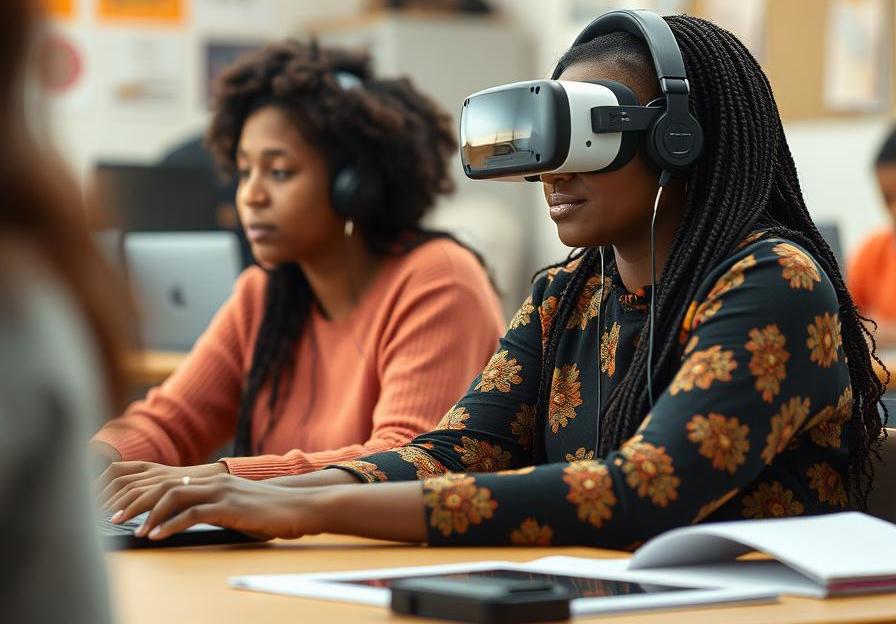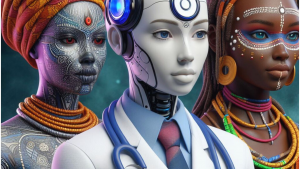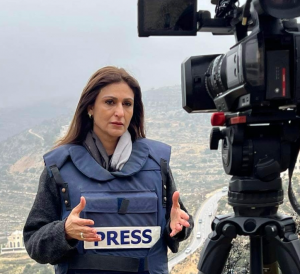By Nonhlanhla Ngwenya
Project Officer, MISA Zimbabwe
In a world increasingly dominated by digital technology, the media landscape in Zimbabwe is undergoing significant transformation. The rise of artificial intelligence (AI) is reshaping the way news is consumed and produced. However, this rapid evolution is magnifying existing gender disparities.
Women, who comprise 30% of the Zimbabwean media workforce face challenges that hinder their full participation in this digital era. Addressing these issues is critical to achieving equity in opportunities in today’s technology-driven environment.
The gender digital divide in Zimbabwe reflects a broader trend across Africa. Many women encounter substantial barriers to accessing essential digital tools and reliable internet services, with economic constraints and entrenched social norms often favouring men. Fields related to science, technology, engineering and mathematics (STEM) remain predominantly male, thus limiting the number of women pursuing careers in these areas. It is concerning that in 2024, some communities uphold societal expectations and educational barriers that prevent young girls from engaging with technology, creating a significant knowledge gap in AI that women journalists find difficult to bridge.
Within the media industry, women often lack access to training and upskilling programmes focused on AI and related technologies. Many professional development initiatives are poorly funded or fail to specifically target female journalists, impeding their ability to keep pace with technological changes. Research shows that gender unconscious biases have detrimental effects at multiple points in the recruitment process: Job descriptions and qualifications often contain subtly masculine language that dissuades female applicants and perpetuates occupational segregation. Such recruitment practices often favour male candidates for tech-centric positions, further constraining women’s involvement in these critical fields.
The underrepresentation of women not only affects individual career trajectories but also impacts the overall quality of media output, as a lack of diverse perspectives can lead to skewed narratives and limited coverage of issues that resonate with women.
To tackle these challenges, a collective effort from various stakeholders — including the government, civil society, media organisations and the corporate sector — is essential. Investing in digital infrastructure and ensuring affordable access to technology is paramount. Policies promoting digital literacy and scholarships for women in STEM should be prioritised. NGOs and advocacy groups can enhance awareness and provide targeted training programmes in AI and digital technologies for women, while grassroots initiatives can dismantle societal barriers that hinder participation.
Media companies should implement robust training programmes that empower female journalists to acquire skills in AI and related technologies and actively combat gender bias. Ensuring women are represented in decision-making roles and creating inclusive work environments are crucial steps. Additionally, corporations in the tech sector should forge partnerships with educational institutions and media organisations to enhance AI knowledge and skills among women, offering internships and sponsored workshops to bridge the skills gap.
Addressing the gender divide exacerbated by AI demands unified action from all corners of society. By enhancing access to technology, providing targeted education and training, and cultivating inclusive workplace cultures, we can empower more women to thrive in the digital age. This shift will not only bolster women’s representation in the media but also enrich the overall journalistic narrative in Zimbabwe.
The writer is a Project Officer at MISA Zimbabwe and an alum of the WIN Leadership Accelerator programme.








